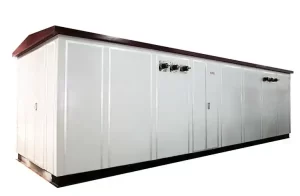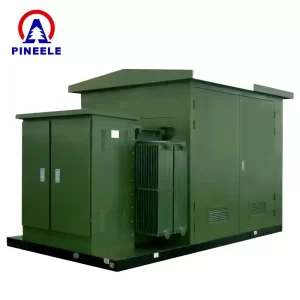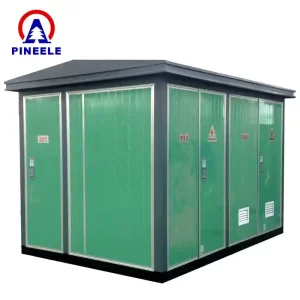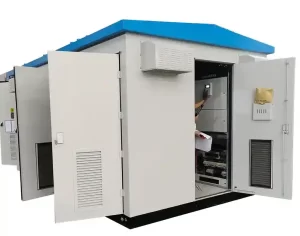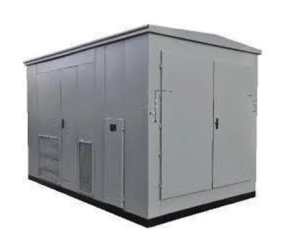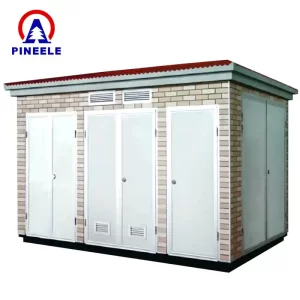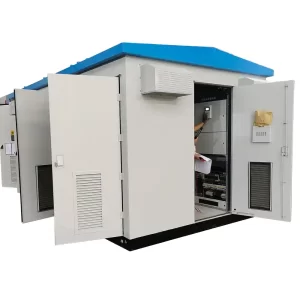A 400kV substation plays a pivotal role in the transmission of high-voltage electricity across large distances. As part of the backbone infrastructure for national and regional grids, it ensures stable, efficient, and safe delivery of electrical power from generation stations to distribution networks. These substations are engineered to handle vast amounts of power with minimal losses, serving as key nodes in the power grid.
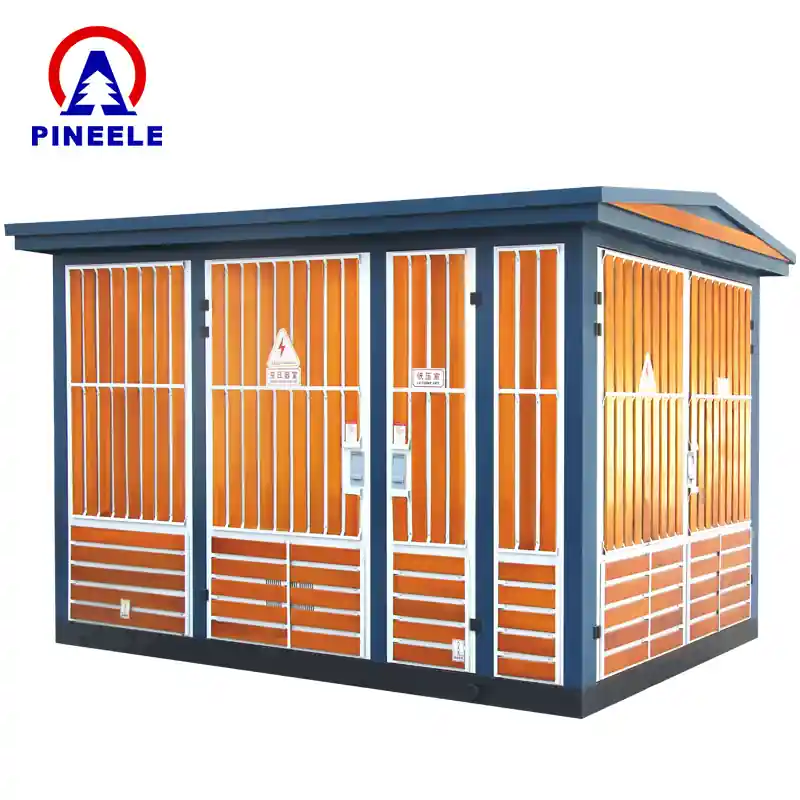
Understanding the Core Concept
A 400kV substation operates at a nominal voltage of 400,000 volts and serves as an interface between generation sources—such as thermal, nuclear, hydroelectric, or renewable energy plants—and the lower-voltage distribution networks. Its primary functions include:
- Voltage step-up or step-down using large power transformers
- Isolation and protection through circuit breakers and disconnectors
- Monitoring and control via advanced SCADA and protection systems
- Ensuring fault detection and minimizing downtime
By stepping down from generation voltages or stepping up for transmission, the substation helps reduce transmission losses and supports grid stability.
Applications of 400kV Substations
These high-voltage substations are deployed in a variety of strategic scenarios, including:
- National and regional power transmission networks
- Grid interconnection points between different utilities or countries
- Renewable energy hubs such as large-scale solar or wind farms
- Industrial clusters requiring large energy supplies
- Urban substations for mega cities or dense population centers

Market Trends and Industry Context
With global energy consumption projected to increase steadily, the demand for robust transmission infrastructure like 400kV substations is growing. According to the International Energy Agency (IEA), investment in transmission systems is expected to exceed $300 billion annually through 2030. Meanwhile, emerging economies are rapidly upgrading their grid capacities to integrate renewable energy and reduce dependence on fossil fuels.
Wikipedia and IEEE Xplore articles highlight the growing need for smart substations, automation, and digital twins in high-voltage environments. Leading manufacturers such as ABB, Siemens Energy, and Schneider Electric are investing heavily in innovations related to digital protection, GIS (Gas Insulated Switchgear), and condition monitoring.
Technical Specifications (Typical)
| Parameter | Value |
|---|---|
| Nominal Voltage | 400 kV |
| Rated Frequency | 50/60 Hz |
| System Configuration | Double busbar / Single busbar |
| Transformer Capacity | Up to 1000 MVA |
| Busbar Type | AIS (Air Insulated) or GIS |
| Insulation Level | 1050 kV BIL (Basic Impulse Level) |
| Control System | SCADA + Protection Relays |
| Switchgear Types | Circuit Breakers, Isolators |
How It Differs from Lower Voltage Substations
Compared to 132kV or 220kV substations, a 400kV installation:
- Requires more robust insulation and larger clearances due to higher voltages
- Uses larger and more expensive transformers and switchgear
- Has stricter safety protocols and complex protection coordination
- Is typically part of bulk power transmission, not distribution
- Needs advanced monitoring and control systems due to the scale of energy handled
Buying Guide: What to Consider
When planning or procuring a 400kV substation, consider the following:
- Project Scope: Is it for interconnection, transmission, or bulk distribution?
- Space Availability: Choose between AIS (spatially demanding) or GIS (compact but costly)
- Environmental Conditions: Humidity, altitude, and seismic activity can influence design
- Load Forecasting: Transformer capacity should allow for future growth
- Vendor Support: Ensure OEMs provide long-term service and spare parts
Tip: Always opt for equipment compliant with IEC 60076, IEEE C37, and other global standards.
Cited Authorities
- IEEE: Numerous whitepapers on high-voltage switchgear and transformer operation
- Wikipedia: Electric Substation
- ABB & Siemens Catalogs: Trusted sources for substation design references
- IEEMA: Market insights and design guidelines for Indian and global grids
Frequently Asked Questions (FAQ)
The size depends on the layout (AIS vs. GIS). An AIS substation may span 20–50 acres, while GIS configurations can fit within a few thousand square meters.
From engineering to commissioning, it can take 18 to 36 months depending on scale, regulatory approvals, and technology used.
Yes, it is ideal for aggregating power from large wind or solar farms and injecting it into the grid guide efficiently.
In conclusion, the 400kV substation remains a cornerstone of any modern electrical transmission system. Its robust design, high-voltage handling capability, and critical role in energy distribution guide make it indispensable for future-ready grids.


